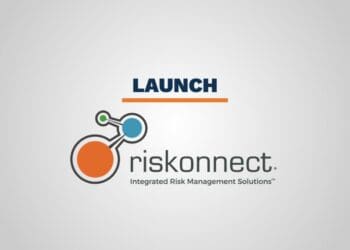with contributing author Matthew Sikes
In the wake of the financial crisis, calls to separate the Chairman of the Board and CEO roles in corporations have become common. Most recently, Jamie Dimon of JPMorgan Chase successfully fended off a challenge of his dual role from public employee unions and the New York City Comptroller. The shareholders of JPMorgan Chase voted overwhelmingly to retain the unified structure, with analysts pointing to declining profits at companies such as the Walt Disney Company in the years following separation of the roles as a motivating factor.
Concerned shareholders often urge that a unified role leads to a lack of oversight and diminishes the independence of a board. Executives and other corporate associations advise that a unified role ensures strong, central leadership and increases efficiency, pointing to the relative success of companies like JPMorgan Chase. Of the major banks, only Citigroup and Bank of America do not have a unified CEO/Chairman. Prior to the financial crisis, several failed banks such as Lehman Brothers and Bear Stearns employed unified Chairman and CEOs, a fact which has led to criticism of the unified role.
Several international jurisdictions, such as the United Kingdom and South Africa, encourage separating the roles in their best practice codes and guidelines. As of February 2010, the SEC requires listed companies to disclose their board structure and to explain why that structure is appropriate. However tempting it may be to separate the CEO and Chairman roles, such a split does not guarantee adequate or superior oversight. Unified Chairman/CEOs may provide advantages in both leadership and oversight in light of their superior knowledge of the organization due to their managerial roles.
The positives of separating the chairman and CEO roles are appealing. The board is directly responsible for the hiring and firing of the CEO, and is charged with general oversight of the corporation’s affairs and its management. As a result, installing the CEO — the one person directly responsible for that management — as Chairman could indicate a conflict of interest.
This is further complicated by the fact that the CEO is hired and fired by the board. An independent Chairman of the Board can create an independent source of authority with tangible authority to address the concerns of the board. This independent perspective creates an opportunity for the board to more effectively address any abuses that may occur, and to address any concerns about the performance of the CEO. But when an independent Chairman of the Board lacks information, authority or respect of the management, any perceived value in independence for independence’s sake diminishes. An independent chairman may have less access to the facts and insufficient industry knowledge or institutional respect because of his lack of day-to-day involvement in running the corporation, thus impinging on the ability to provide informed, effective feedback and oversight.
While the advantages of an independent CEO and Chairman of the Board appear obvious, the advantages of the unified position are just as obvious when considering the day-to-day operations of a corporation.
The CEO, as the manager of the corporation, has a superior knowledge of the operations of the business. When that role is unified with his role as Chairman of the Board, one person
occupying both of these roles may better be able to lead the corporation and to identify any problems that may arise. This can provide superior knowledge to the board and increase the information available to it. This unified leadership structure creates efficiency by allowing the unified executive to operate in both capacities at once. The other board members can have confidence that their Chairman/CEO is fully aware of the corporation’s strengths and weaknesses, along with what issues need to be addressed moving forward.
On the other hand, the potential conflicts of interest described above can create opportunities for abuse, as the Chairman in his CEO role may abuse his position and conceal from the board potential problems and any issues created by his management.
Whether a corporation chooses to unify or separate the Chairman and CEO roles, it remains essential to have an independent, engaged and inquisitive board that actively involves itself in the business in order to safeguard shareholder interests.
The needs of individual corporations at different stages of development will vary. Some corporations may require a strong, unified executive able to effectively combine the roles and provide dynamic leadership to the organization. On the other hand, shareholders, wary of combining power in one individual, may feel it is necessary to separate the roles and create two complementary power centers.
As with many questions, there is no bright line rule dictating an answer. This is consistent with other corporate governance issues such as the business judgment rule. While “it depends” may not be a satisfying answer, the increasing relevance of this issue should encourage corporations to at least examine the roles in their organizations and determine the best way forward for them and their shareholders.













